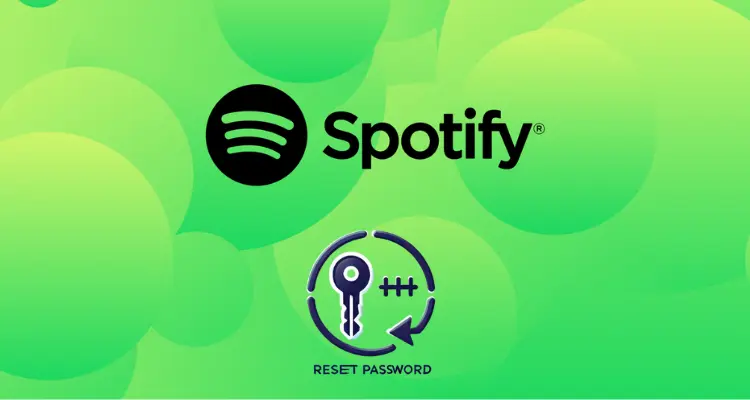In the intricate dance of modern business, stakeholders are akin to partners on a shared journey. Effective communication and education stand as pillars in fostering strong stakeholder relationships. In this article, we delve into the significance of stakeholder education and communication, exploring how these elements serve as powerful tools in reducing risks, nurturing transparency, and building a foundation for sustainable success.
Transparency as a Cornerstone
Transparency is the bedrock upon which trust is built in any relationship, and this holds true in the context of business and stakeholder engagement. Stakeholders, ranging from customers and employees to investors and communities, crave transparency as they seek to understand the inner workings of a business. Transparent communication serves as a guiding light, illuminating the decisions, values, and operations that shape an organization.
Educating Stakeholders for Informed Engagement
Stakeholder education goes hand in hand with transparency. It involves equipping stakeholders with the knowledge and context necessary to understand the complexities of a business. By educating stakeholders about the company’s goals, challenges, and decision-making processes, businesses empower them to engage in a more informed and constructive manner. This education can take various forms, from informational sessions and reports to interactive workshops and online resources.
Mitigating Risks Through Informed Decision-Making
Stakeholder risks often arise from misunderstandings or misinterpretations of a company’s actions or decisions. Effective stakeholder education helps mitigate these risks by ensuring that stakeholders have a clear understanding of the organization’s objectives, values, and strategies. Informed stakeholders are better equipped to assess risks objectively, make sound decisions, and engage in constructive dialogue, reducing the likelihood of conflicts or disputes.
The Role of Communication Channels
Communication channels serve as the arteries through which information flows between a business and its stakeholders. Traditional channels like official reports, press releases, and newsletters are complemented by modern tools such as social media, webinars, and interactive online platforms. Each channel plays a unique role in reaching different stakeholder groups, allowing for tailored communication that resonates with diverse audiences.
Responsive Communication in Crisis Situations
In times of crisis, effective communication becomes even more critical. Whether facing a product recall, environmental incident, or reputational challenge, businesses must communicate transparently and promptly with stakeholders. Stakeholder education comes to the forefront during crises, as businesses need to provide context, updates, and reassurance to maintain trust. Proactive communication in crisis situations helps mitigate potential fallout and demonstrates a commitment to accountability.
Educating for Sustainable Practices
As sustainability becomes a central focus for businesses, stakeholder risk management plays a crucial role in promoting eco-friendly practices. Transparent communication about sustainable initiatives, environmental goals, and responsible sourcing not only reduces the risk of reputational harm but also positions the company as a responsible corporate citizen. Stakeholders who understand and align with a company’s commitment to sustainability are more likely to support its initiatives and contribute to a positive brand image.
Building Employee Engagement
Employees are a vital stakeholder group, and their engagement is crucial for organizational success. Transparent communication fosters a sense of belonging and purpose among employees, aligning them with the company’s mission. Regular updates on organizational developments, achievements, and challenges contribute to a culture of openness. Educated and engaged employees are more likely to act as advocates for the company, internally and externally, reducing the risk of internal conflicts and fostering a positive workplace environment.
Investor Relations and Financial Transparency
For investors, transparency is closely tied to financial disclosure and performance. Stakeholder education in the financial realm involves breaking down complex financial reports, explaining market dynamics, and providing a clear picture of the company’s financial health. This proactive approach reduces the risk of misinterpretation and fosters investor confidence. Regular communication with investors, including earnings calls, shareholder meetings, and comprehensive annual reports, contributes to a transparent and informed investor-stakeholder relationship.
Community Engagement for Social Responsibility
Businesses often operate within the broader context of communities, and community stakeholders include local residents, organizations, and authorities. Transparent communication and education in community engagement involve sharing information about the company’s impact, social responsibility initiatives, and contributions to local development. By fostering an understanding of the company’s commitment to ethical practices and community well-being, businesses can reduce the risk of community dissatisfaction or opposition.
Measuring the Effectiveness of Stakeholder Communication
Assessing the effectiveness of stakeholder communication and education is essential for continuous improvement. Key performance indicators (KPIs) may include stakeholder satisfaction surveys, levels of engagement in educational programs, and the resolution of conflicts or misunderstandings. Regular feedback loops ensure that communication strategies remain relevant and responsive to evolving stakeholder needs and expectations.
Conclusion
In the dynamic landscape of stakeholder engagement, education and communication emerge as dynamic tools for risk mitigation and relationship-building. By prioritizing transparency, fostering informed decision-making, and leveraging diverse communication channels, businesses can empower stakeholders to become true partners in their journey. The investment in stakeholder education pays dividends in the form of trust, loyalty, and shared success—a testament to the enduring power of open, informed, and collaborative business practices.
















